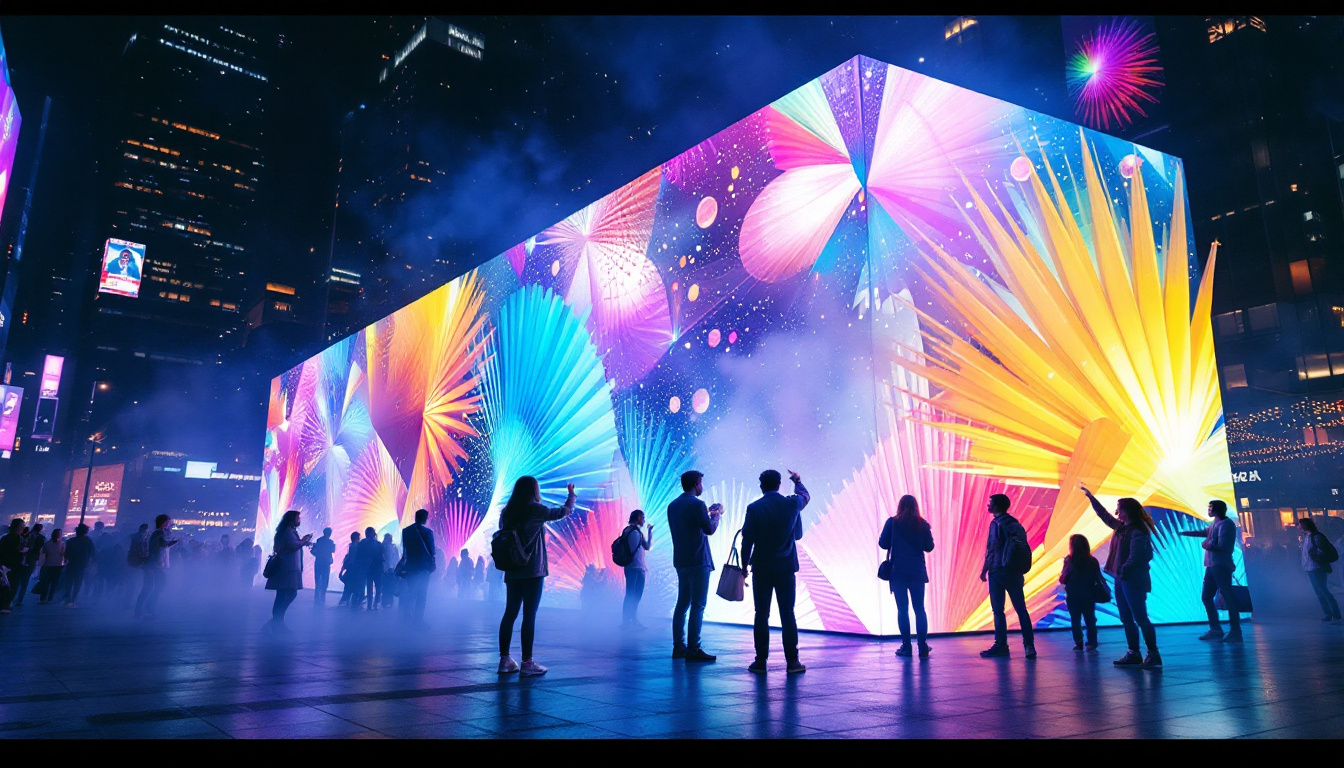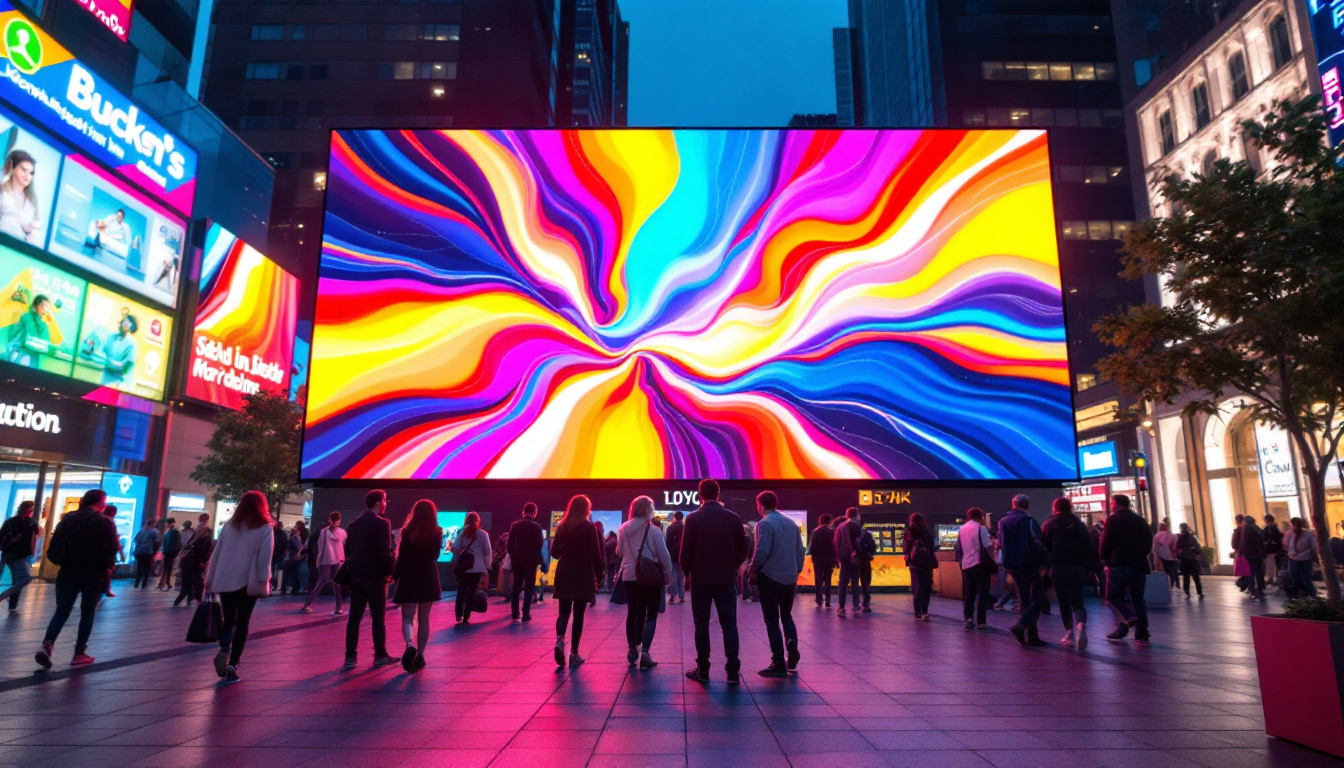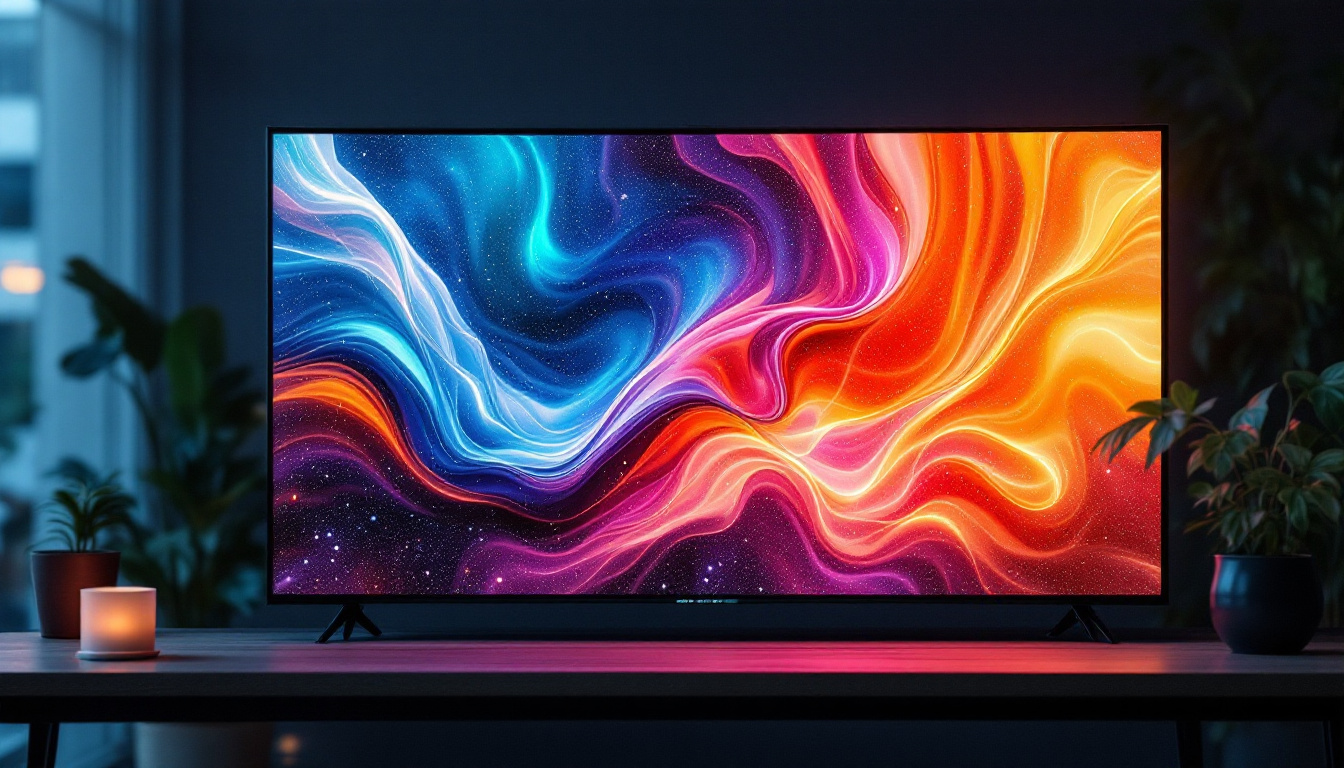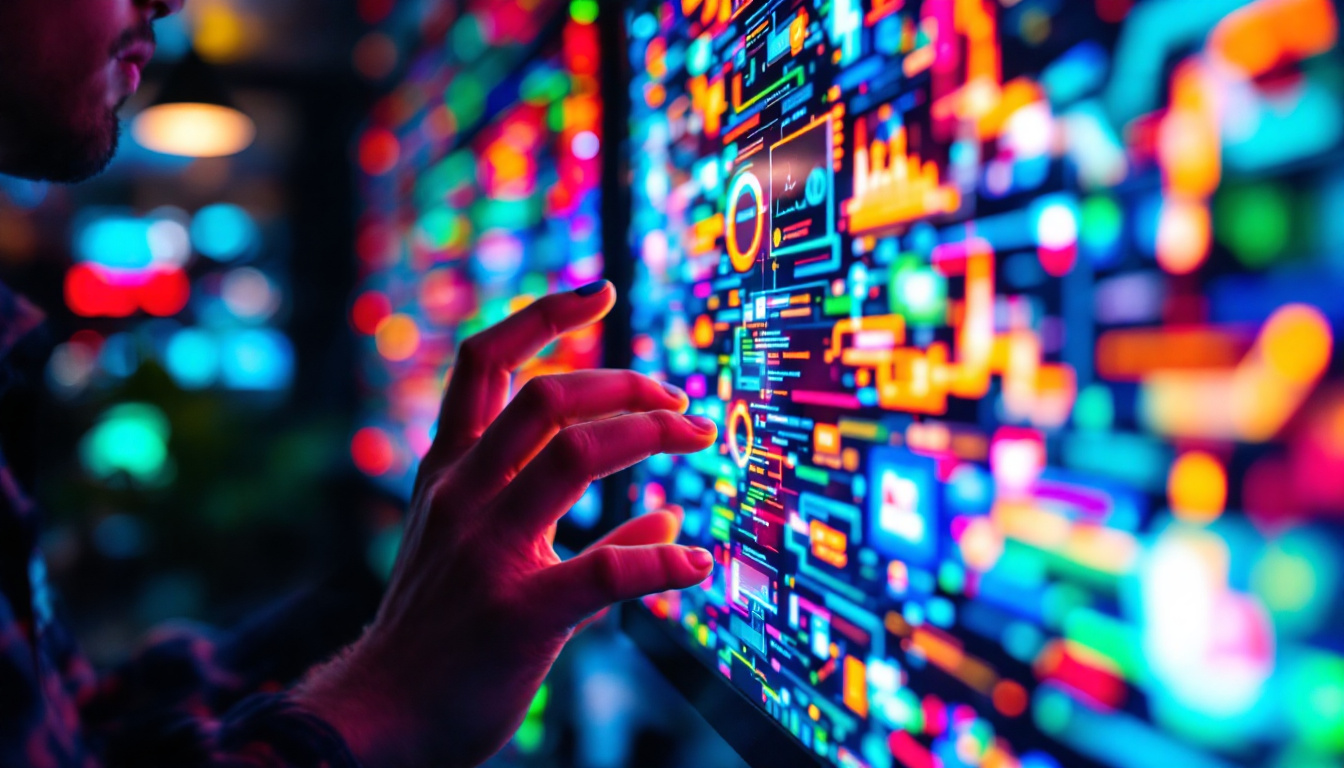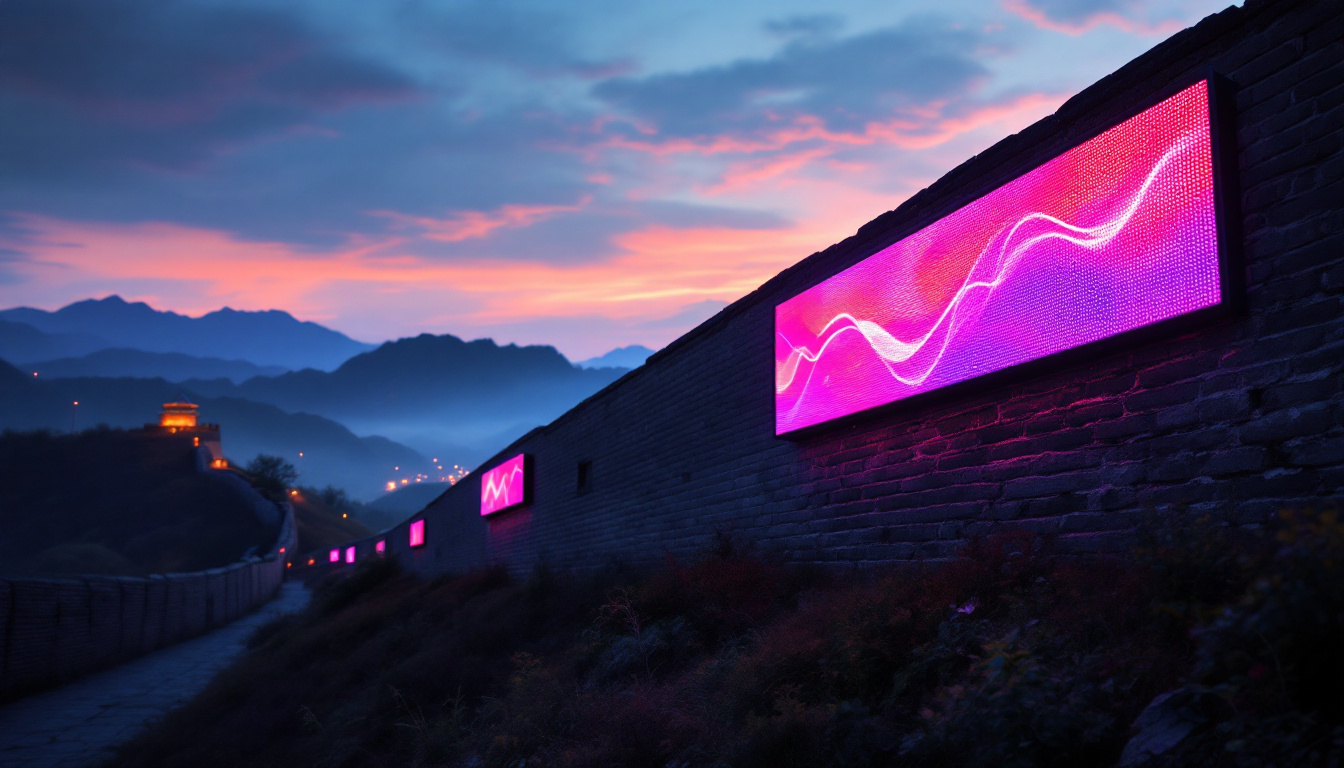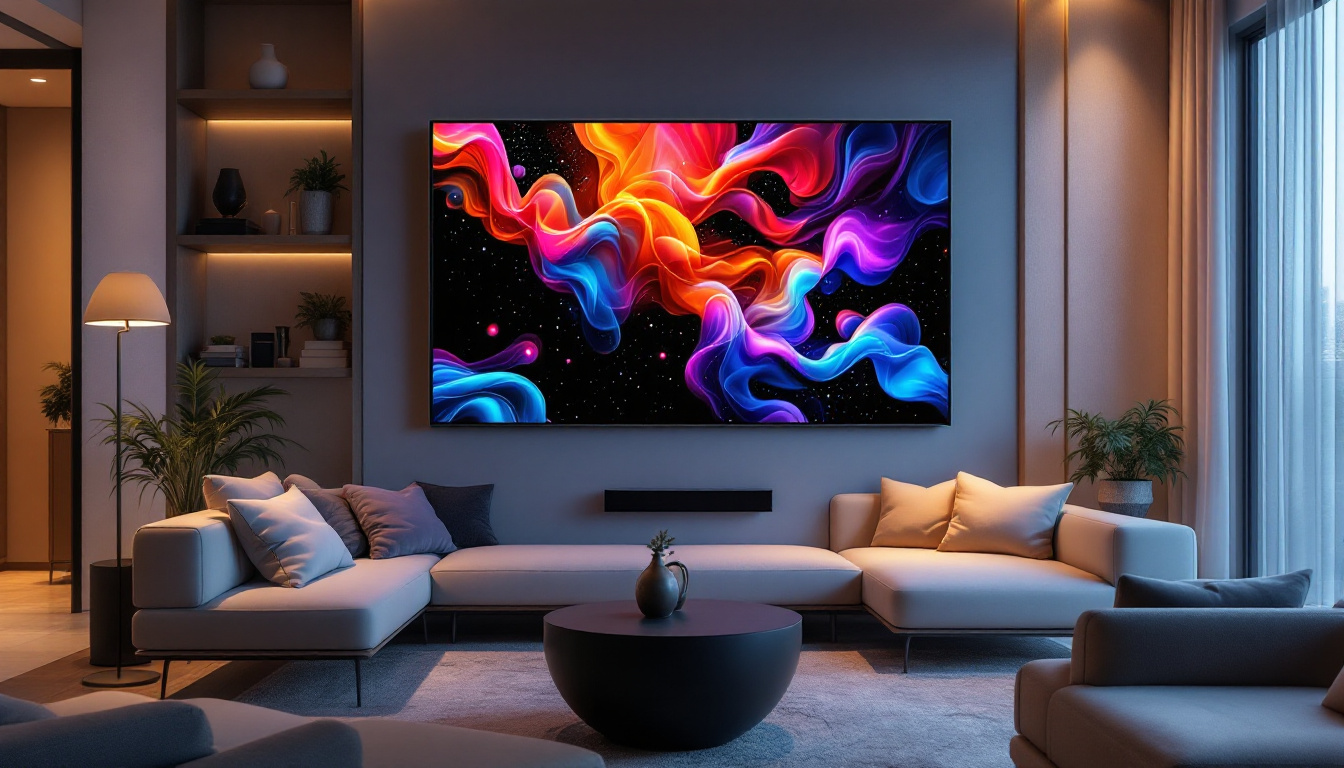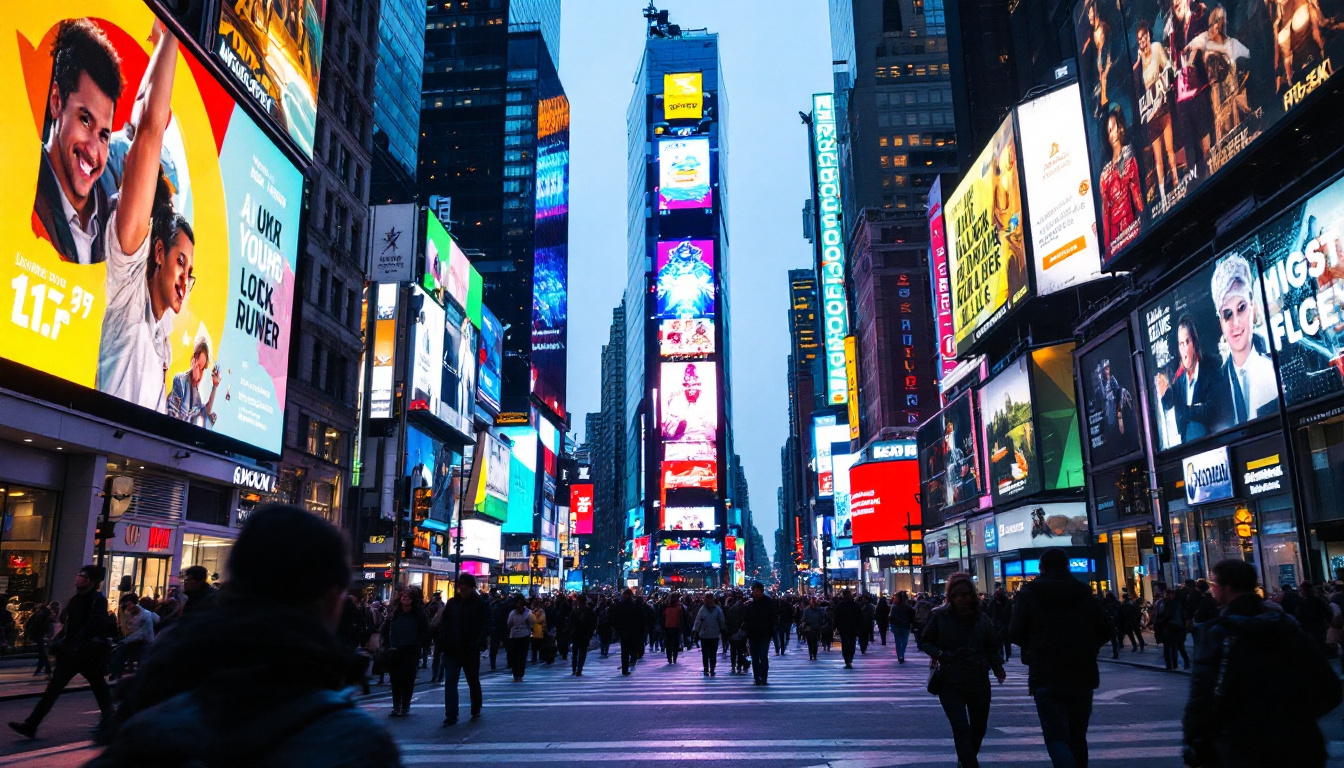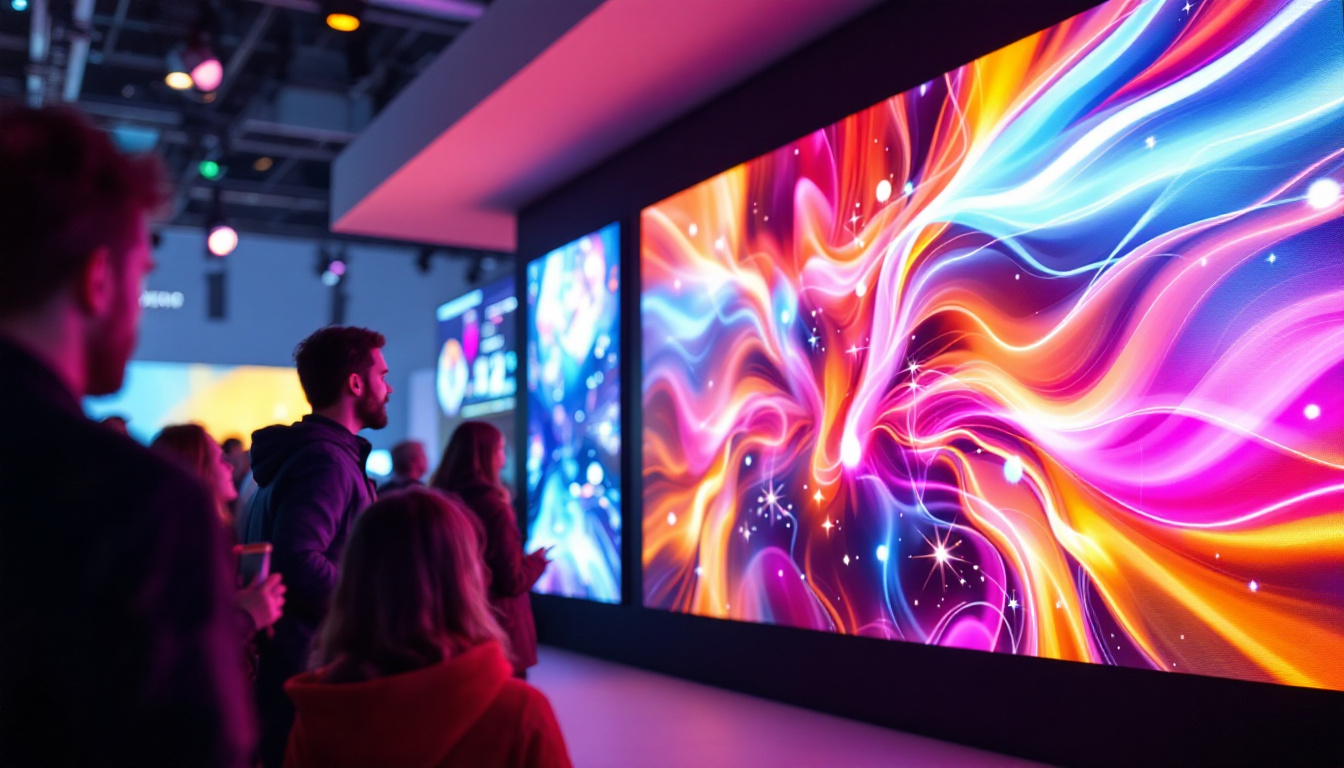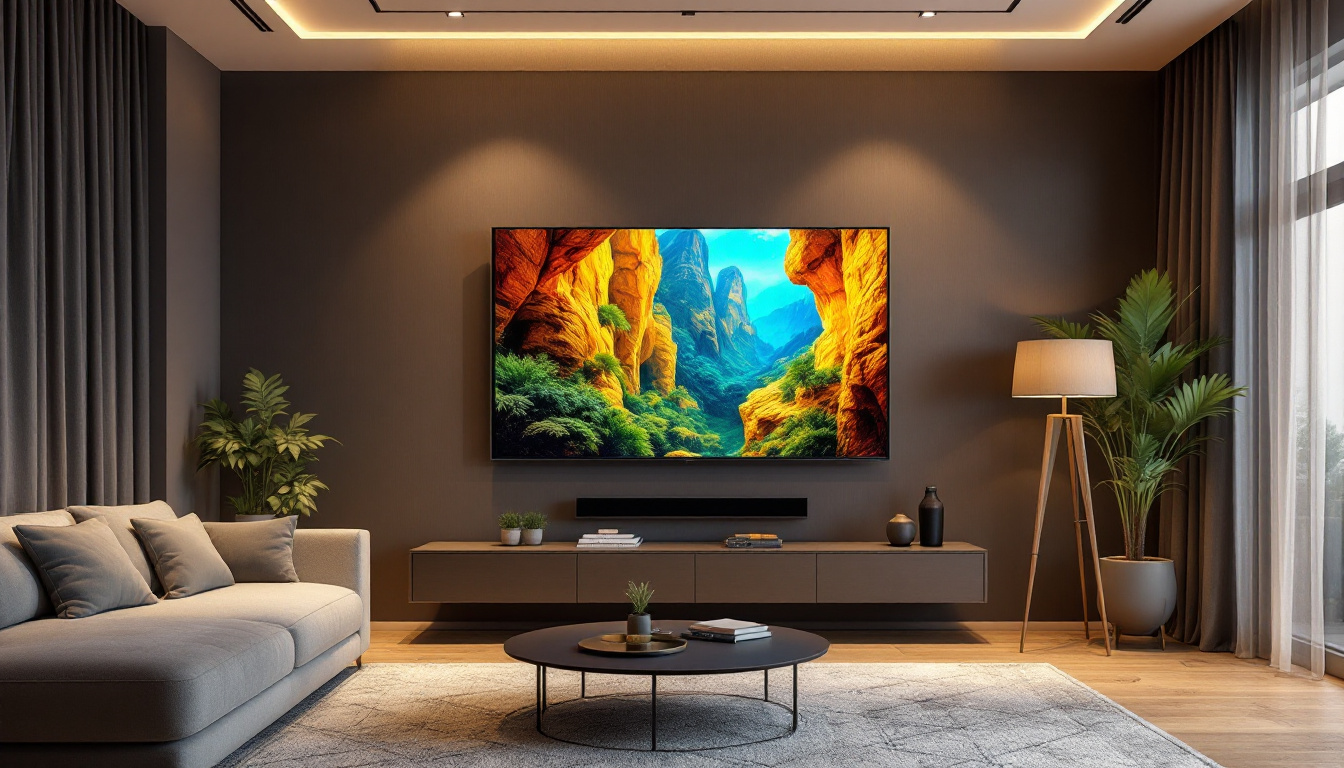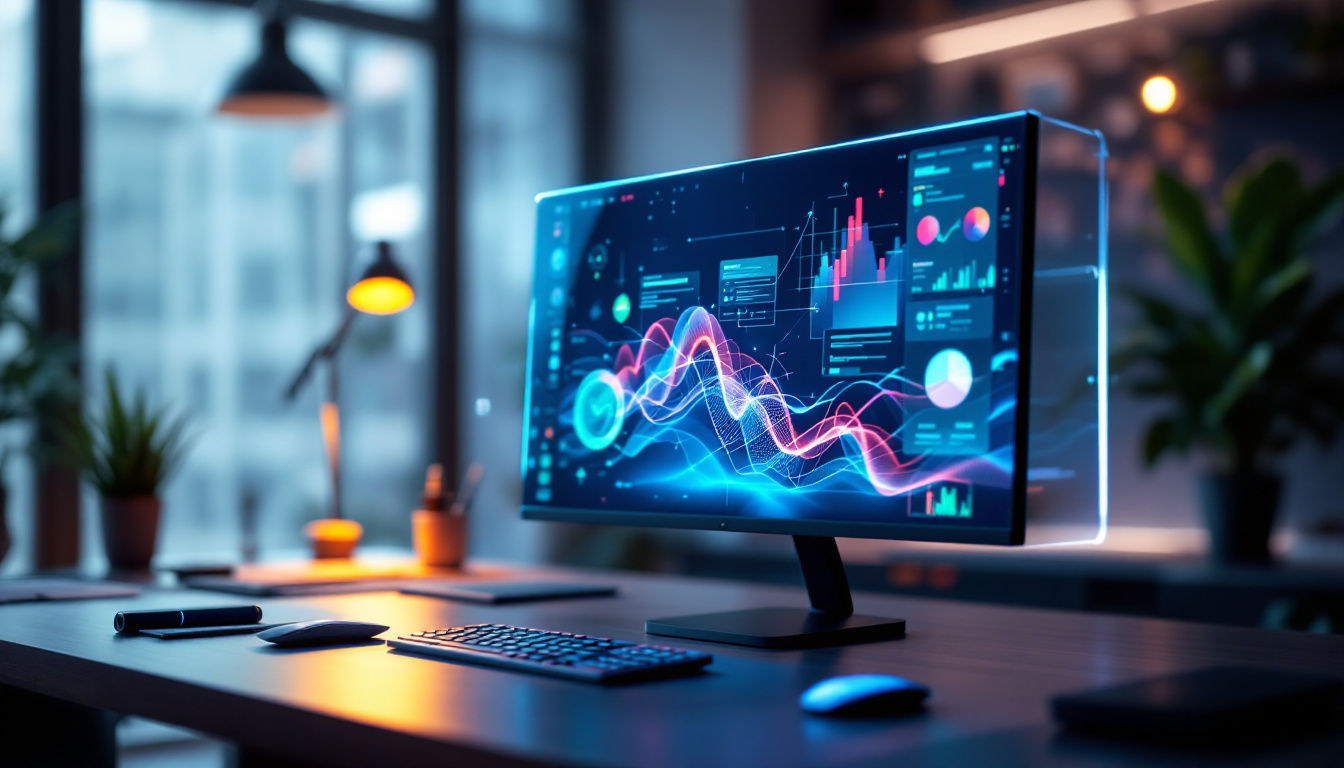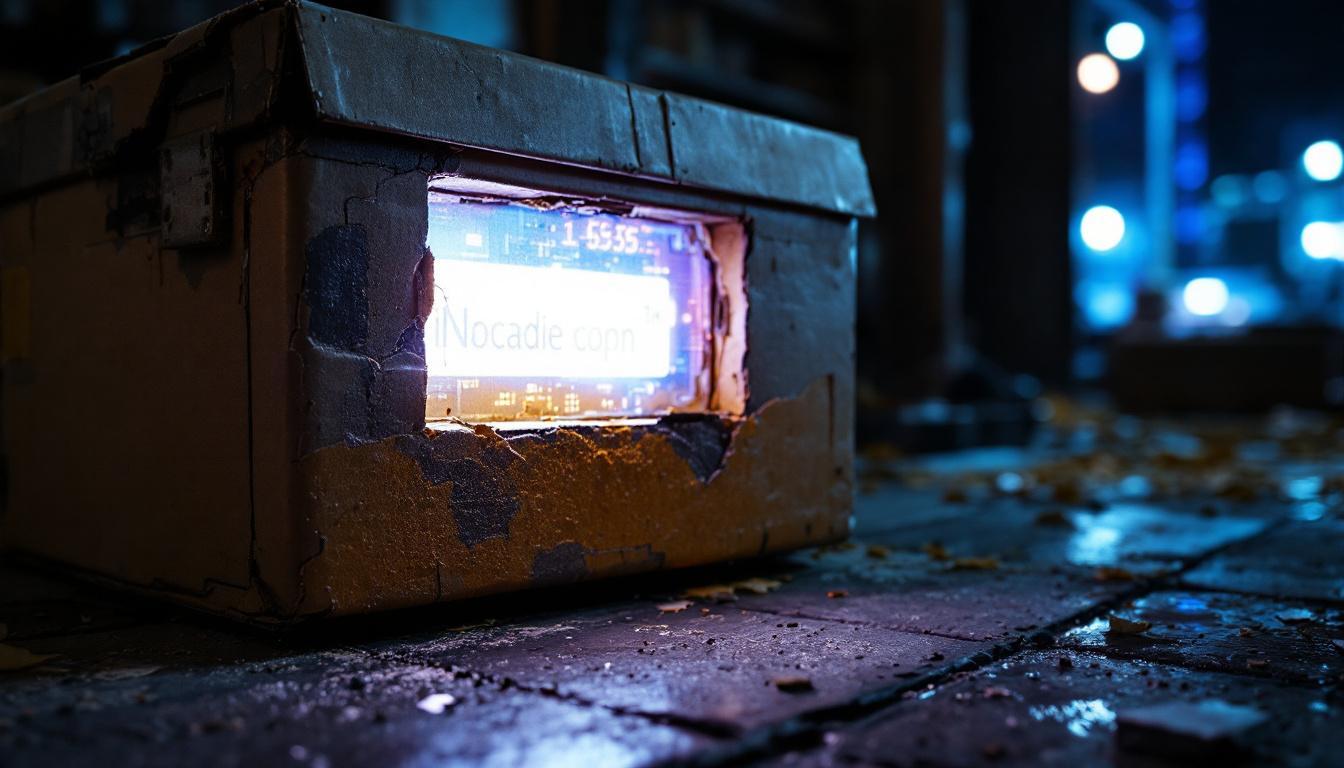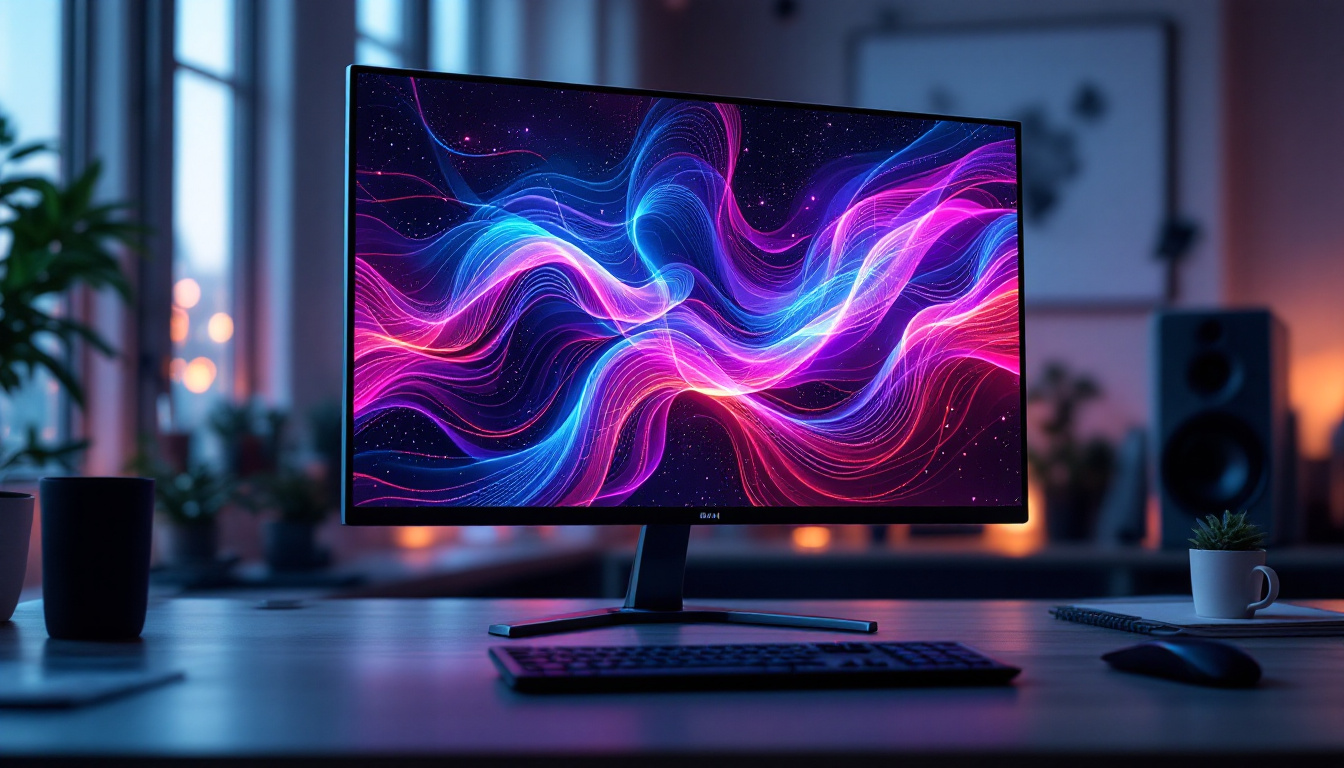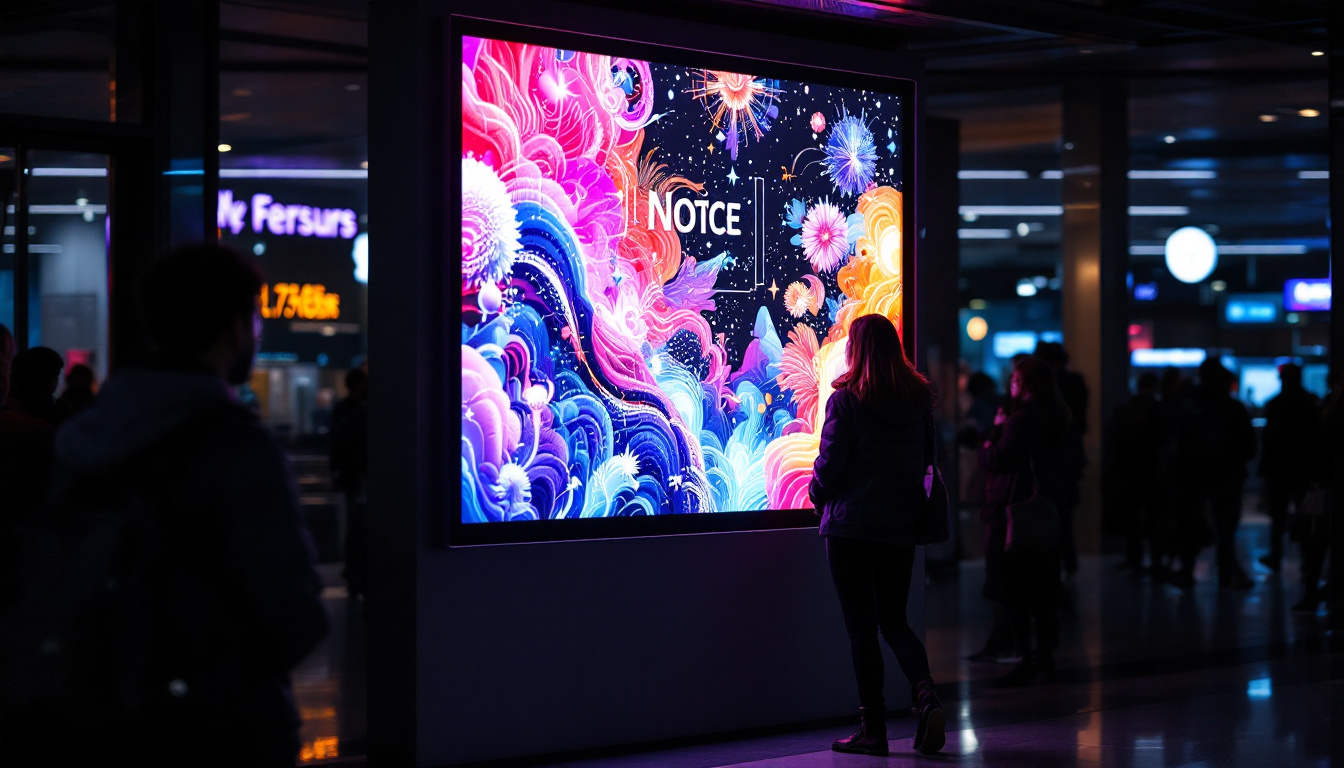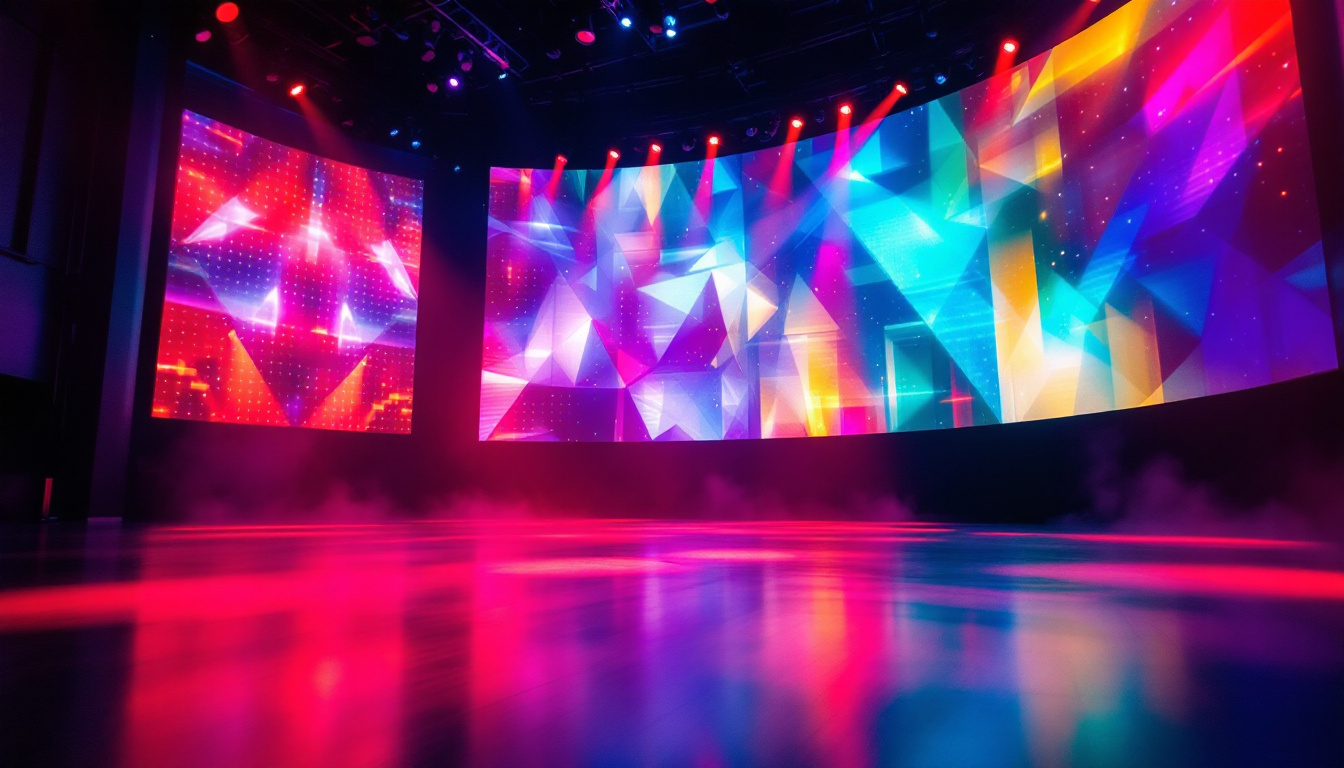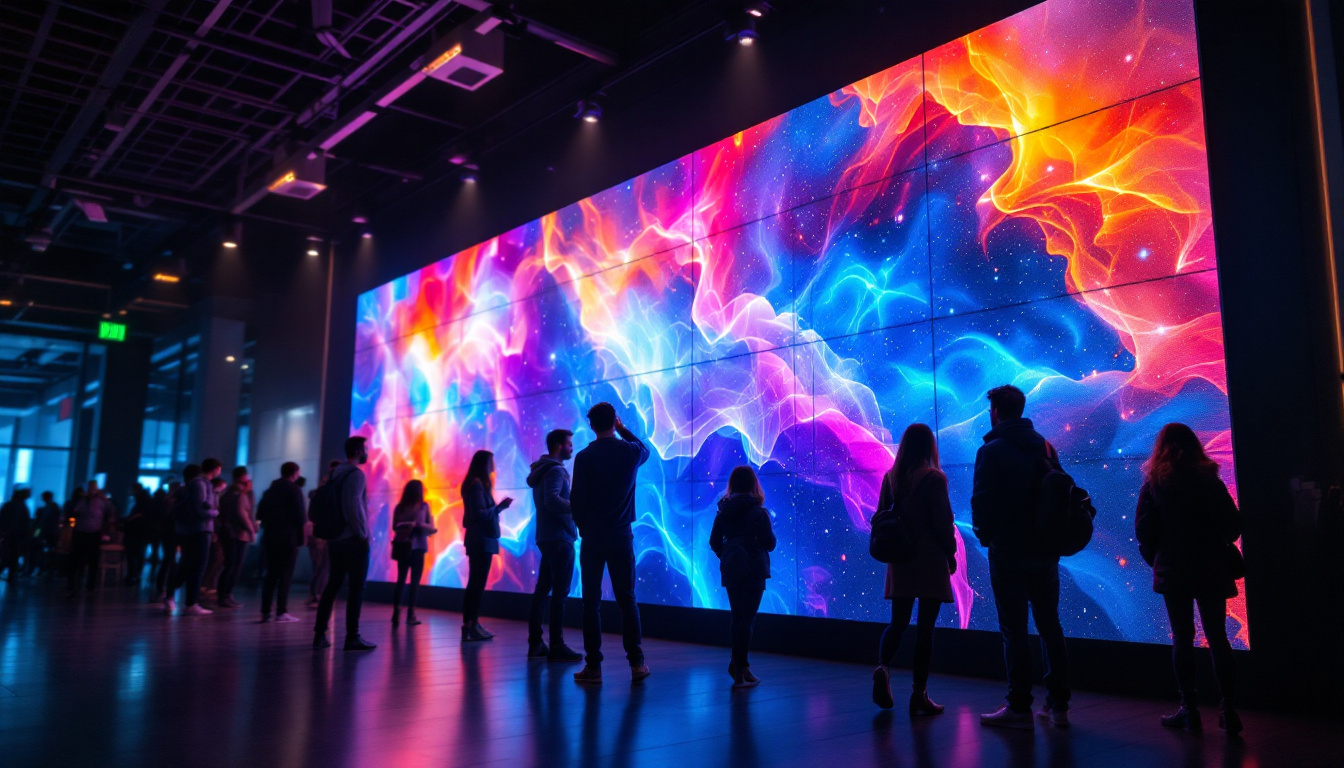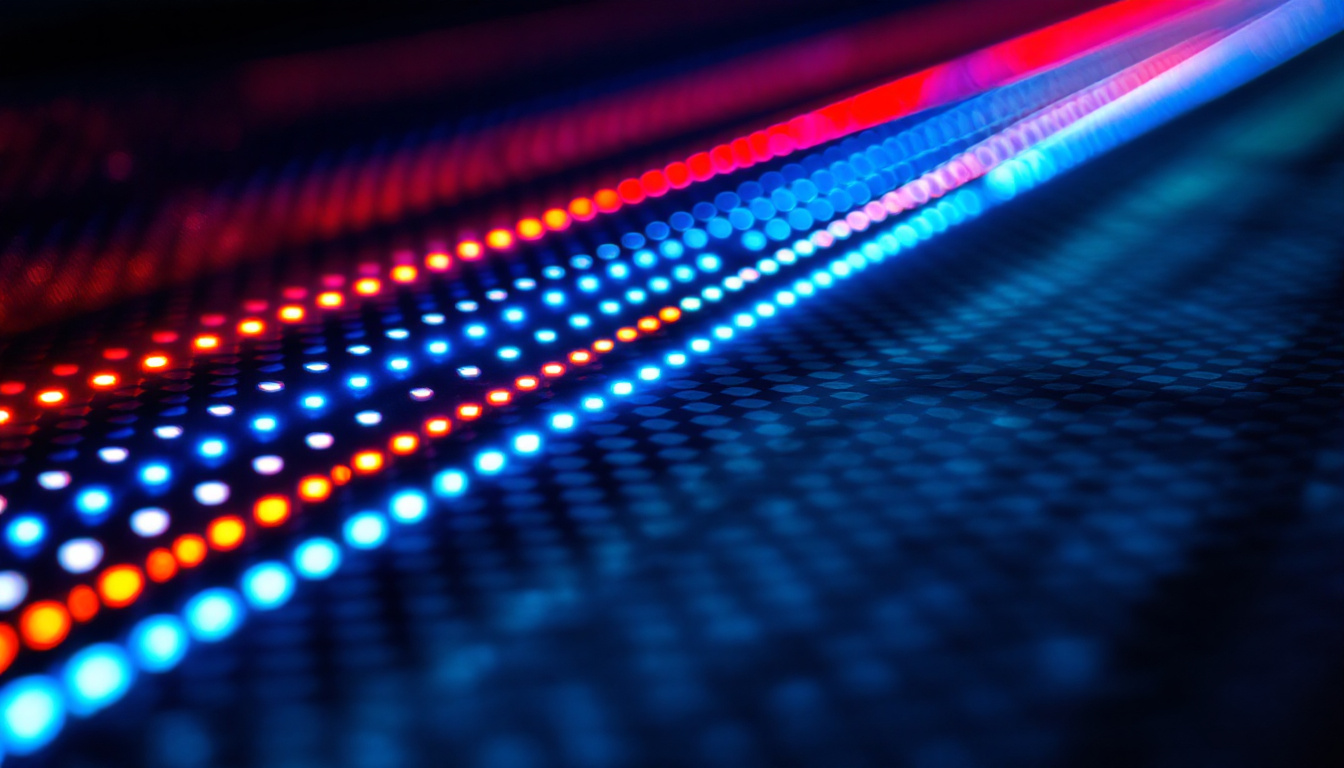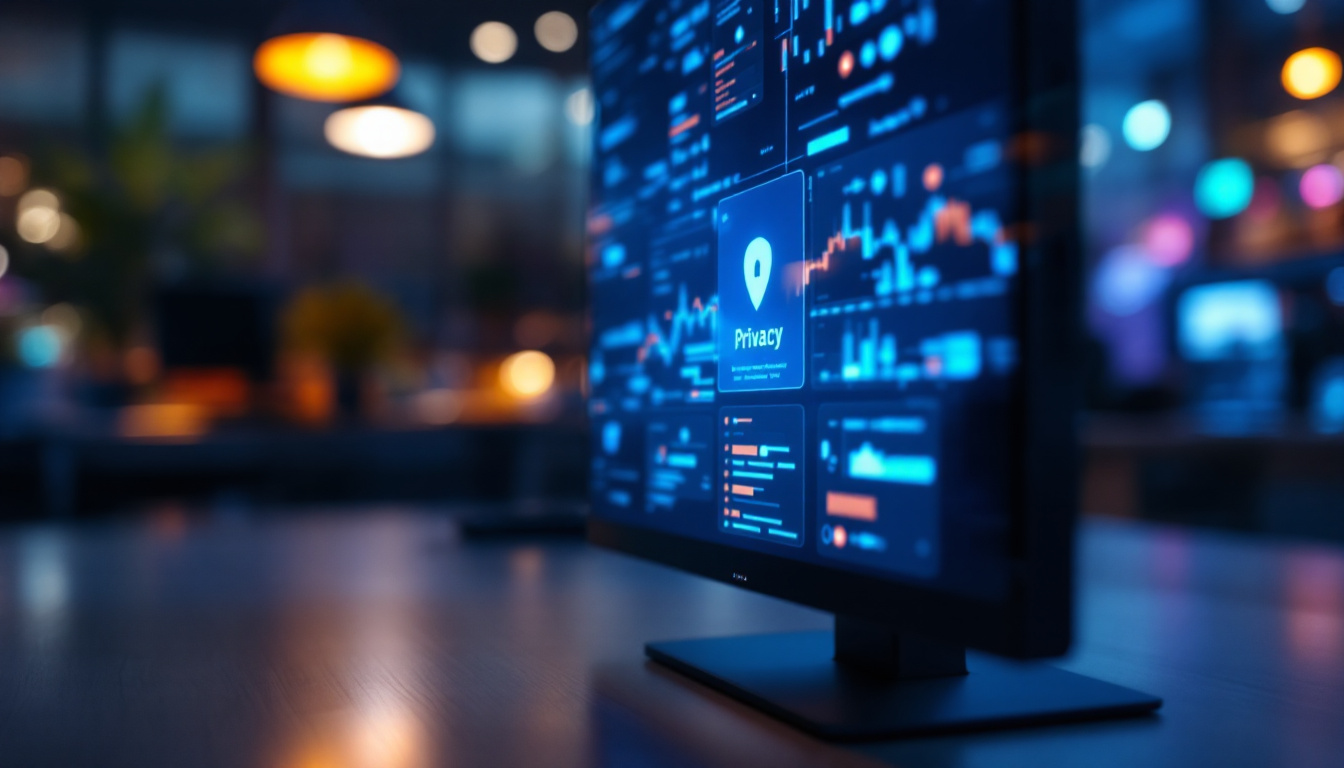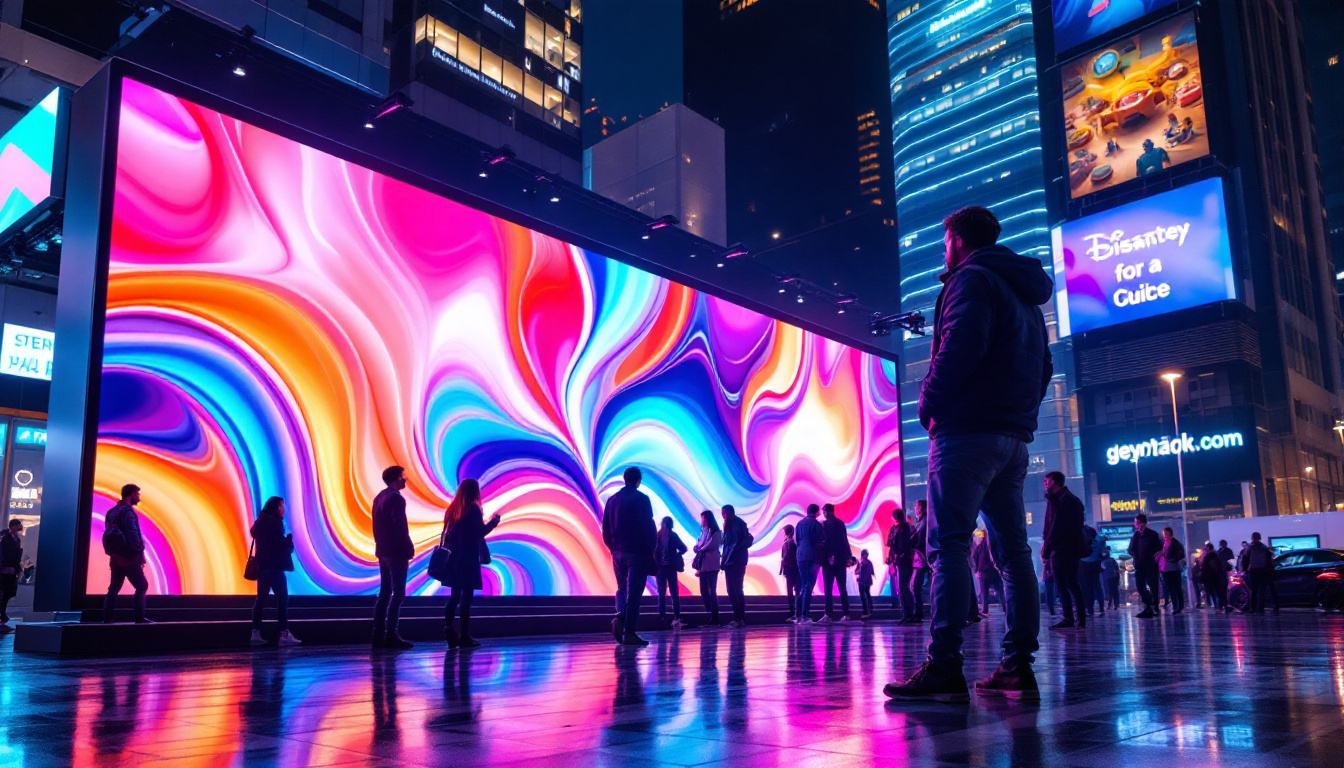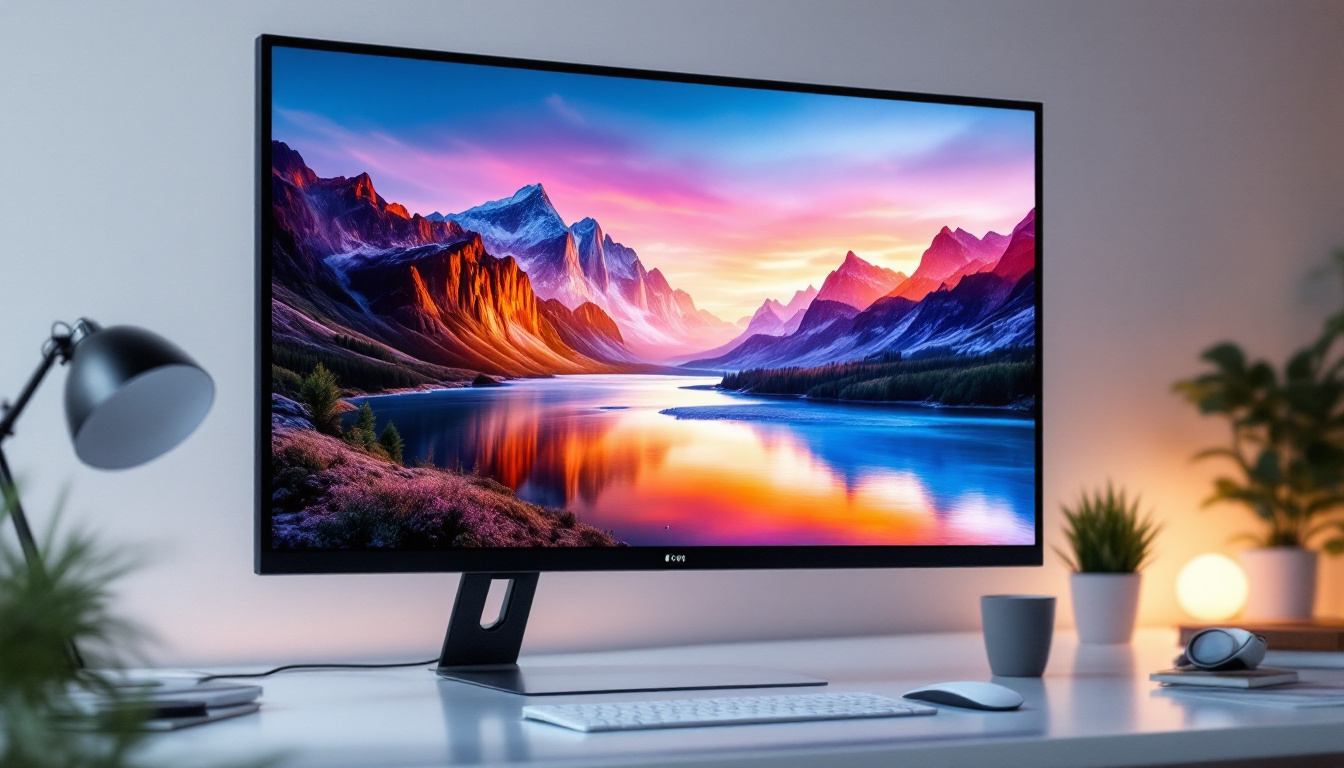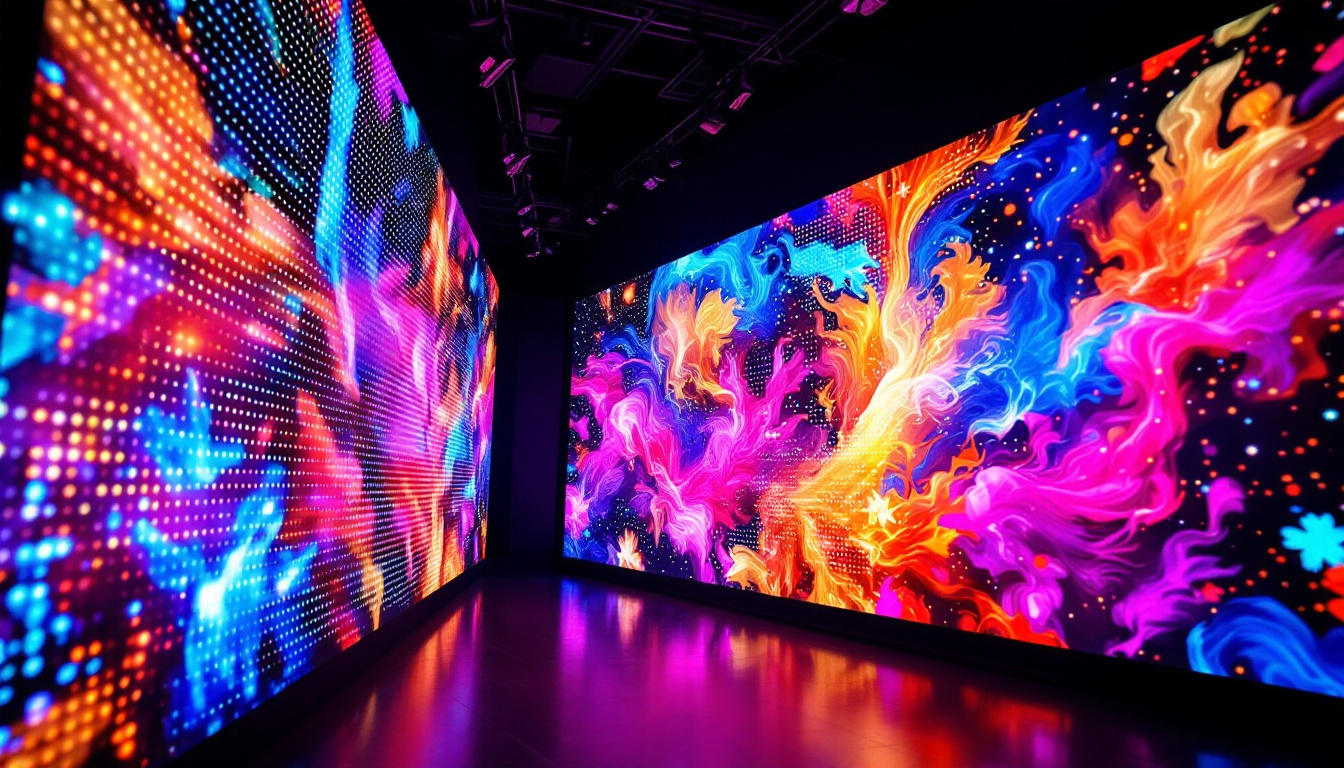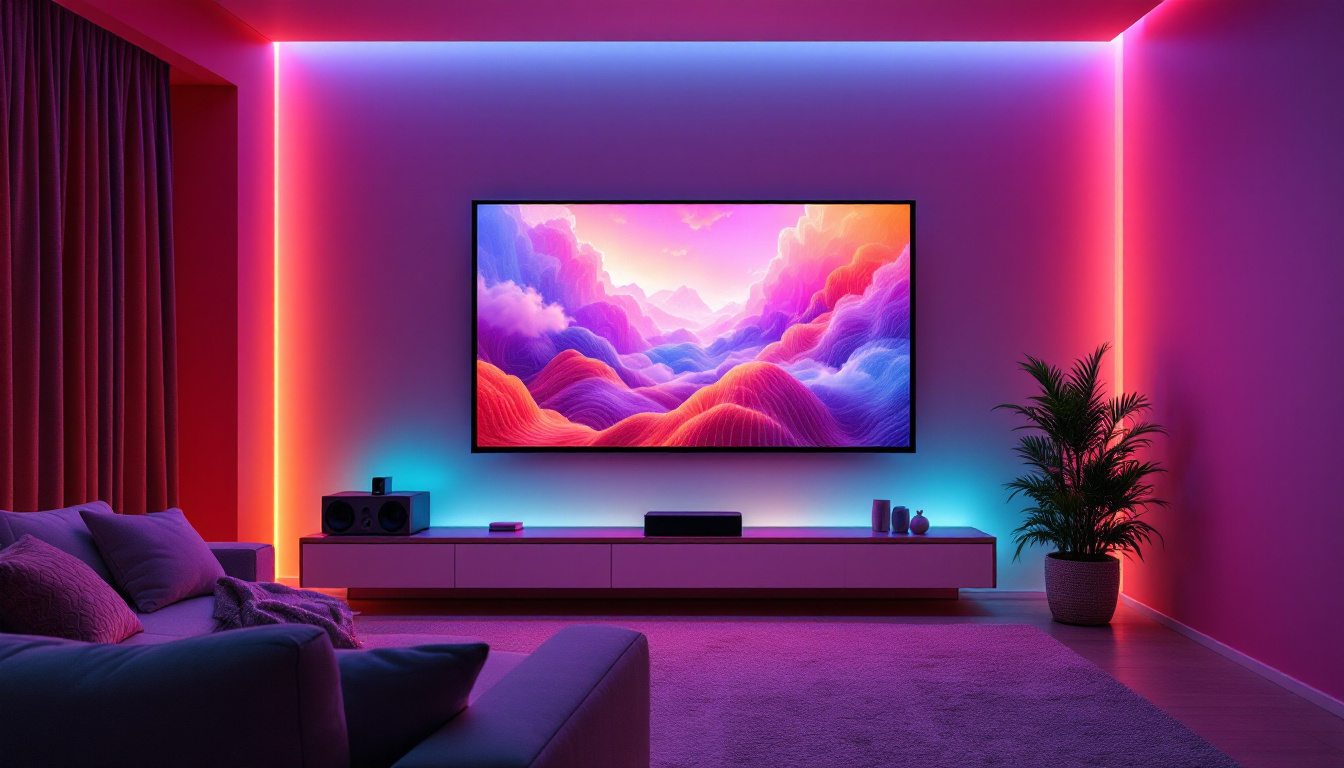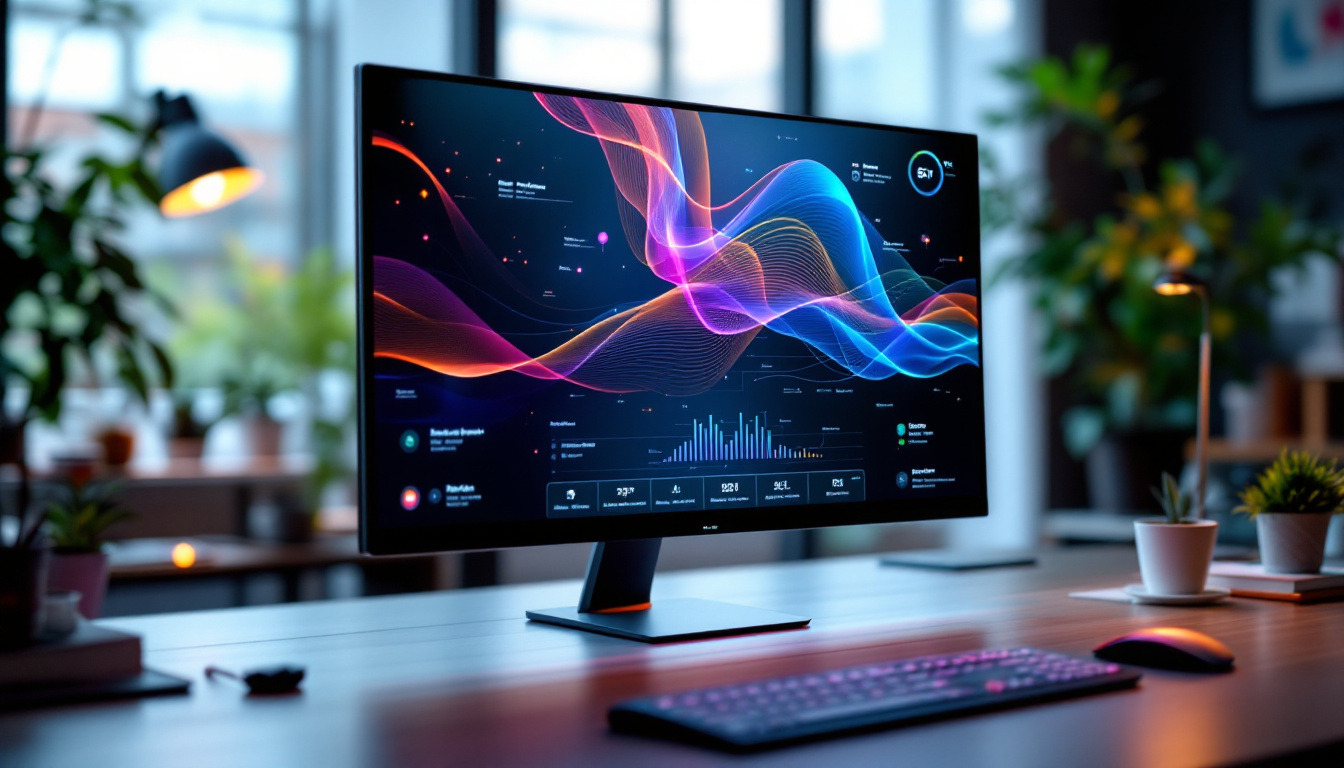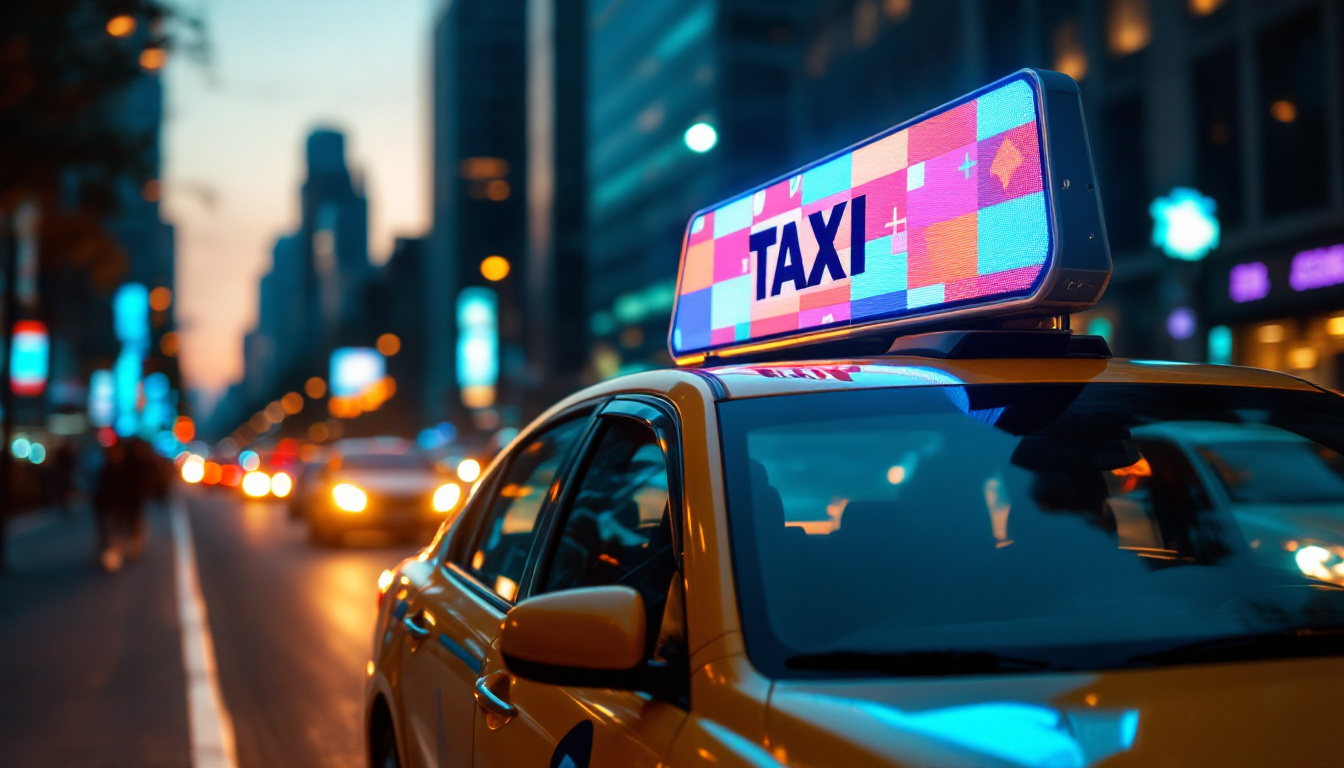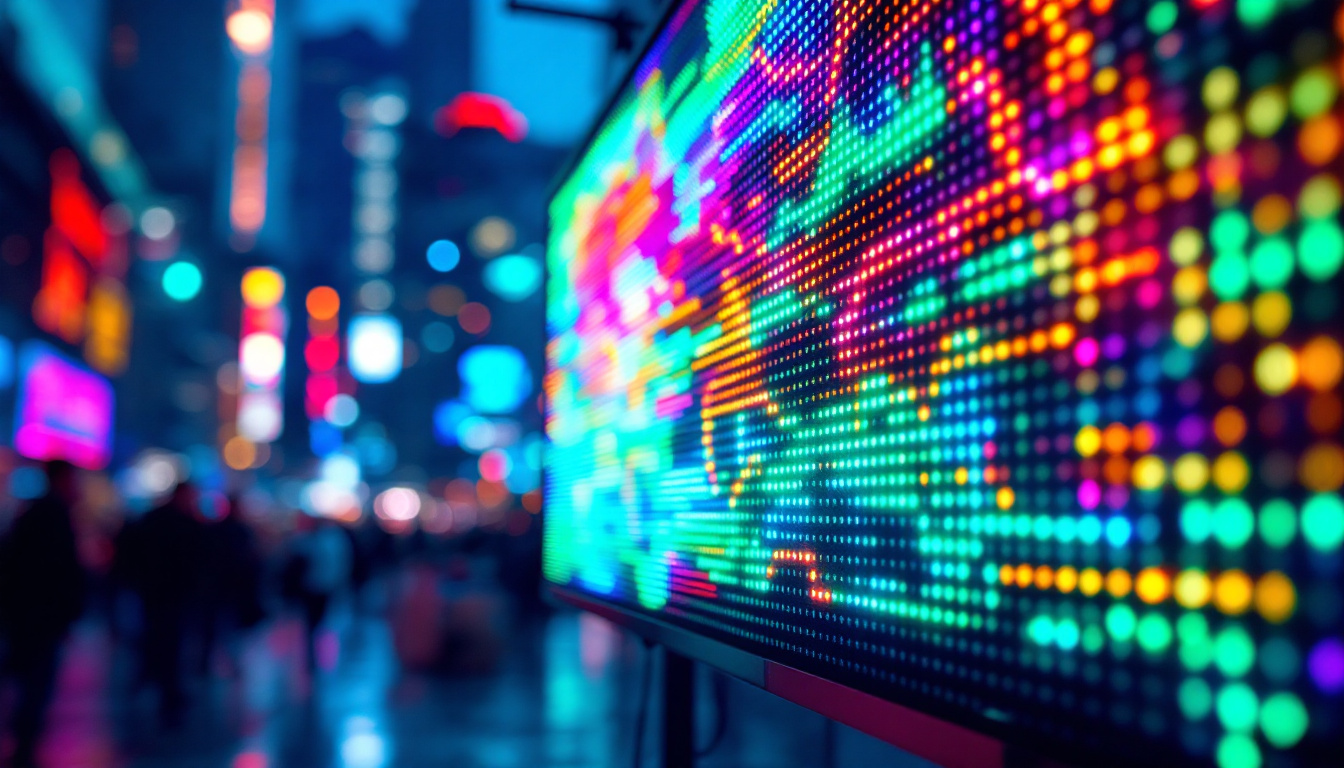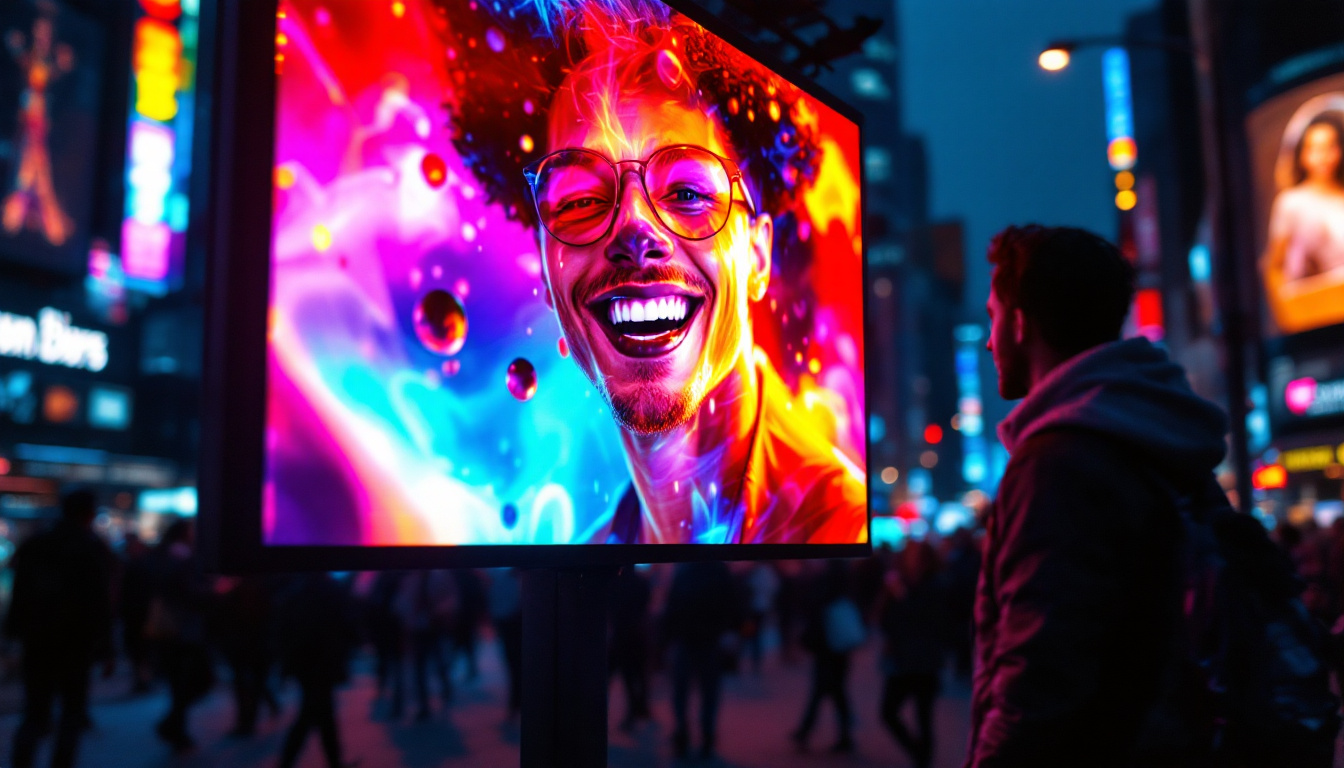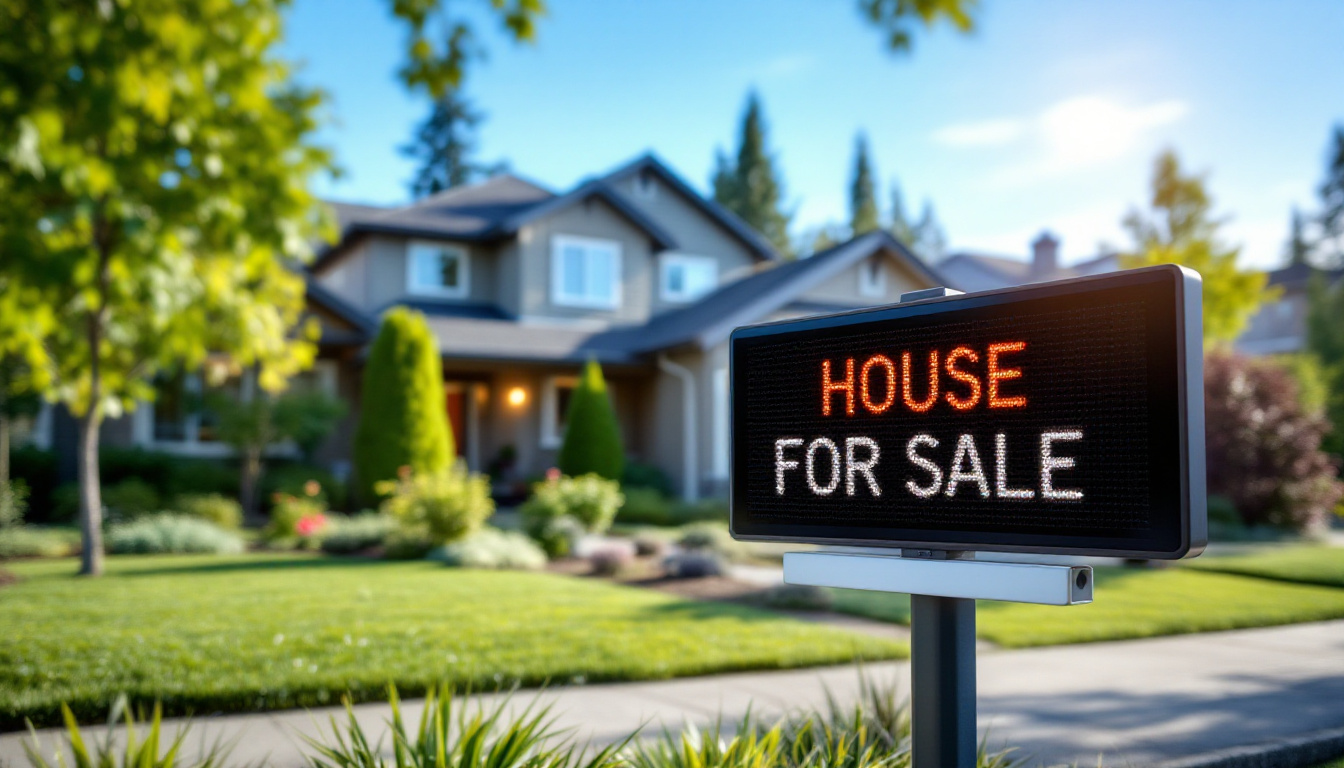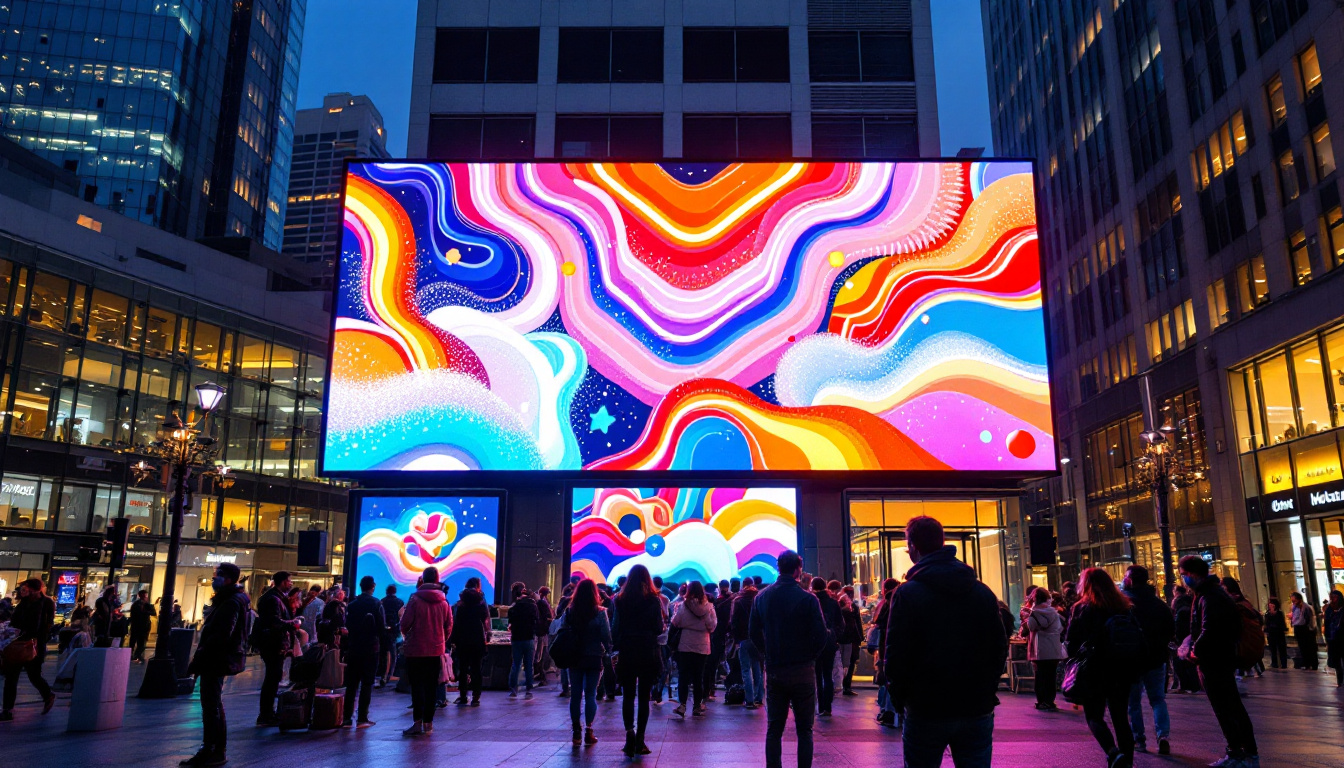In the world of modern advertising and visual communication, LED displays have emerged as a transformative technology. From vibrant billboards to dynamic digital signage, these displays are revolutionizing how brands connect with their audiences. This article delves into the intricacies of LED displays, exploring their technology, applications, advantages, and future trends.
The Basics of LED Technology
LED, or Light Emitting Diode, is a semiconductor device that emits light when an electric current passes through it. Unlike traditional incandescent bulbs, LEDs are energy-efficient and have a longer lifespan, making them an ideal choice for various applications, particularly in displays. The efficiency of LEDs not only translates to lower energy bills but also reduces the carbon footprint associated with lighting, contributing positively to environmental sustainability.
How LED Displays Work
LED displays consist of numerous tiny LEDs arranged in a grid. Each LED can emit different colors, and by combining these colors, the display can produce a wide spectrum of hues. The most common configuration is the RGB (Red, Green, Blue) model, where each pixel is made up of three LEDs, one for each color. By adjusting the intensity of each LED, a full-color image can be created. This capability allows for vibrant visuals that can capture attention and convey information effectively, making them popular in advertising and entertainment.
The control of these LEDs is typically managed by a sophisticated system that processes video signals and translates them into visual output. This system ensures that images are displayed accurately and in real-time, allowing for dynamic content that can change frequently. Advanced technologies, such as pixel mapping and color calibration, enhance the quality of the display, ensuring that colors remain consistent across different viewing angles and lighting conditions.
Types of LED Displays
There are several types of LED displays, each designed for specific uses. The most common types include:
- Indoor LED Displays: These are designed for use in controlled environments, such as shopping malls, airports, and conference centers. They offer high resolution and brightness, ensuring clear visibility even in well-lit areas. Indoor displays often feature finer pixel pitches, allowing for closer viewing distances and detailed imagery.
- Outdoor LED Displays: Built to withstand the elements, outdoor displays are typically larger and brighter than their indoor counterparts. They are often used for billboards and large-scale advertising. These displays are engineered to resist weather conditions, including rain and extreme temperatures, and often come with protective coatings to enhance durability.
- Transparent LED Displays: These innovative displays allow light to pass through, making them ideal for storefronts and exhibitions where visibility is crucial. Transparent displays can create an eye-catching effect, merging the digital and physical worlds, and are increasingly being used in retail settings to showcase products while maintaining the aesthetic of the space.
In addition to these common types, there are also specialized LED displays such as flexible LED screens that can be bent and shaped to fit unique installations, and high-definition LED walls that provide stunning visuals for concerts and events. The versatility of LED technology continues to expand, opening up new possibilities for creative expression and communication in various industries.
Applications of LED Displays
LED displays have a wide range of applications across various industries. Their versatility and effectiveness make them a popular choice for both advertising and information dissemination.
Advertising and Marketing
One of the most prominent uses of LED displays is in advertising. Brands utilize these displays to capture attention with vibrant colors and motion graphics. From large-scale billboards in urban centers to smaller displays in retail environments, LED technology allows for dynamic content that can be updated easily.
Moreover, the ability to display video content enhances engagement, making it more likely for viewers to remember the brand. Advertisers can tailor their messages based on the time of day, audience demographics, or even weather conditions, maximizing the impact of their campaigns.
Public Information and Wayfinding
LED displays are also extensively used for public information systems. Airports, train stations, and bus terminals utilize these displays to provide real-time updates on schedules, delays, and other critical information. The clarity and visibility of LED technology ensure that travelers receive timely and accurate information, enhancing their overall experience.
In urban settings, LED displays can serve as wayfinding tools, guiding pedestrians and drivers through complex environments. This application not only improves navigation but also contributes to the aesthetic appeal of public spaces.
Entertainment and Events
In the entertainment industry, LED displays play a crucial role in enhancing live events. Concerts, sports games, and festivals often feature large LED screens that display visuals, advertisements, and live feeds. This technology adds an immersive element to the experience, allowing audiences to engage more fully with the performance.
Additionally, LED displays are used in theaters and cinemas to create captivating backdrops and effects, further enriching the storytelling experience.
Advantages of LED Displays
The rise of LED displays can be attributed to their numerous advantages over traditional display technologies. Understanding these benefits can help businesses and organizations make informed decisions about their visual communication strategies.
Energy Efficiency
One of the most significant advantages of LED displays is their energy efficiency. Compared to traditional lighting systems, LEDs consume significantly less power, which translates to lower operational costs. This efficiency is particularly beneficial for large installations that run for extended periods, such as outdoor billboards.
Moreover, the reduced energy consumption contributes to a lower carbon footprint, making LED displays an environmentally friendly choice. As sustainability becomes increasingly important to consumers and businesses alike, this aspect of LED technology cannot be overlooked.
Longevity and Durability
LED displays are known for their long lifespan, often lasting up to 100,000 hours or more. This durability means less frequent replacements, reducing maintenance costs and downtime. Additionally, many LED displays are designed to withstand harsh weather conditions, making them ideal for outdoor use.
The robust nature of LED technology also means that they are less prone to damage compared to traditional displays. This reliability is crucial for businesses that rely on consistent visual communication.
High Brightness and Visibility
LED displays offer superior brightness levels, ensuring visibility even in direct sunlight. This characteristic is particularly important for outdoor advertising, where competing against natural light is a significant challenge. The high contrast ratio of LED technology also enhances image quality, providing sharp and vibrant visuals that attract attention.
Furthermore, the wide viewing angles of LED displays ensure that content can be seen clearly from various positions, making them effective in crowded environments.
Challenges and Considerations
Despite their many advantages, LED displays also come with challenges that must be considered. Understanding these challenges can help organizations make informed decisions about their use of this technology.
Initial Costs
The initial investment for LED displays can be substantial. While prices have decreased over the years, high-quality displays can still represent a significant expenditure for businesses. This upfront cost may deter some organizations from adopting LED technology, particularly smaller businesses with limited budgets.
However, it is essential to consider the long-term savings associated with energy efficiency and reduced maintenance. Over time, the return on investment can justify the initial expenditure.
Technical Complexity
Implementing LED displays often requires specialized knowledge and expertise. From installation to content management, organizations may need to invest in training or hire professionals to ensure optimal performance. This technical complexity can present a barrier for some businesses, particularly those without dedicated IT resources.
Moreover, as technology continues to evolve, keeping up with the latest advancements can be a challenge. Organizations must be prepared to adapt and invest in ongoing training and development to maximize the benefits of their LED displays.
The Future of LED Displays
The future of LED displays looks promising, with continuous advancements in technology and applications. As the demand for dynamic and engaging visual communication grows, several trends are emerging that will shape the landscape of LED displays.
Integration with Smart Technology
As smart technology becomes more prevalent, LED displays are increasingly being integrated with IoT (Internet of Things) systems. This integration allows for real-time data sharing and content updates, enabling businesses to tailor their messages based on audience behavior and environmental factors.
For example, an outdoor LED display could change its content based on weather conditions, displaying promotions for warm drinks on cold days or highlighting summer sales during heatwaves. This level of personalization enhances engagement and drives consumer action.
Advancements in Display Quality
Ongoing research and development in LED technology are leading to improvements in display quality. Higher resolutions, improved color accuracy, and enhanced refresh rates are becoming standard, allowing for more lifelike and immersive visuals.
Additionally, innovations such as microLED and flexible LED displays are expanding the possibilities for creative applications. These advancements will enable designers and advertisers to push the boundaries of visual communication, creating unique and captivating experiences.
Sustainability Initiatives
As sustainability becomes a priority for consumers and businesses alike, the LED industry is focusing on eco-friendly practices. From using recyclable materials in manufacturing to implementing energy-efficient production processes, the push for sustainability is shaping the future of LED displays.
Organizations that prioritize sustainability in their visual communication strategies will not only meet consumer expectations but also contribute to a more sustainable future.
Conclusion
LED displays have transformed the landscape of visual communication, offering vibrant, engaging, and dynamic solutions for various applications. Their energy efficiency, longevity, and versatility make them an attractive choice for businesses seeking to connect with their audiences effectively.
While challenges exist, the benefits of LED technology far outweigh the drawbacks, particularly when considering the long-term savings and potential for enhanced engagement. As technology continues to evolve, the future of LED displays promises exciting innovations that will further enhance their role in advertising, public information, and entertainment.
In a world where attention is a precious commodity, LED displays are not just running on walls; they are running the future of visual communication.
Illuminate Your Message with LumenMatrix
Ready to elevate your visual communication and captivate your audience like never before? Discover LumenMatrix’s innovative LED display solutions, where cutting-edge technology meets creative design. From the bustling streets adorned with Outdoor LED Wall Displays to the dynamic engagement of Indoor LED Walls, and the unique applications of Transparent and Custom LED Displays, LumenMatrix is at the forefront of revolutionizing how businesses connect and convey their messages. Don’t just run on walls; illuminate them with clarity and impact. Check out LumenMatrix LED Display Solutions today and transform your brand’s visibility.

